Feed
This section covers a wide range of information about feed management on dairy farms, including seasonal management, production systems, supplements, crops and pasture types.
Total results 62
Total results 62
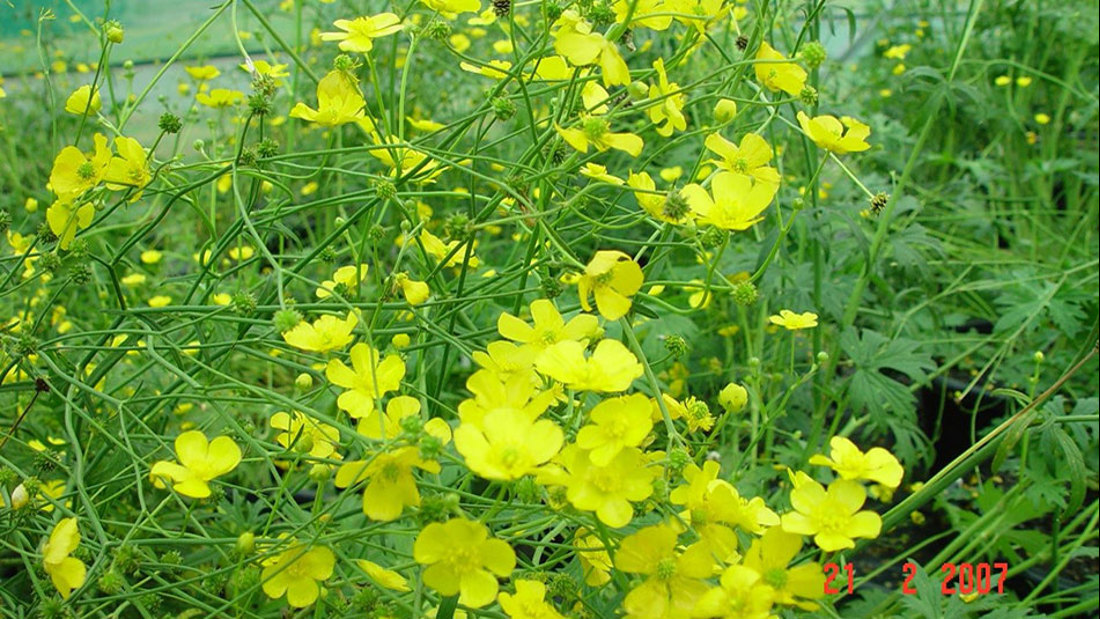
Giant buttercup, one of 14 weedy Ranunculus species in New Zealand, is harmful to dairy pastures because cows find it distasteful due to its toxin, protoanemonin. This weed spreads across dairy farms, damaging pasture quality.
3 min read

Giant buttercup, one of 14 weedy Ranunculus species in New Zealand, is harmful to dairy pastures because cows find it distasteful due to its toxin, protoanemonin. This weed spreads across dairy farms, damaging pasture quality.
3 min read
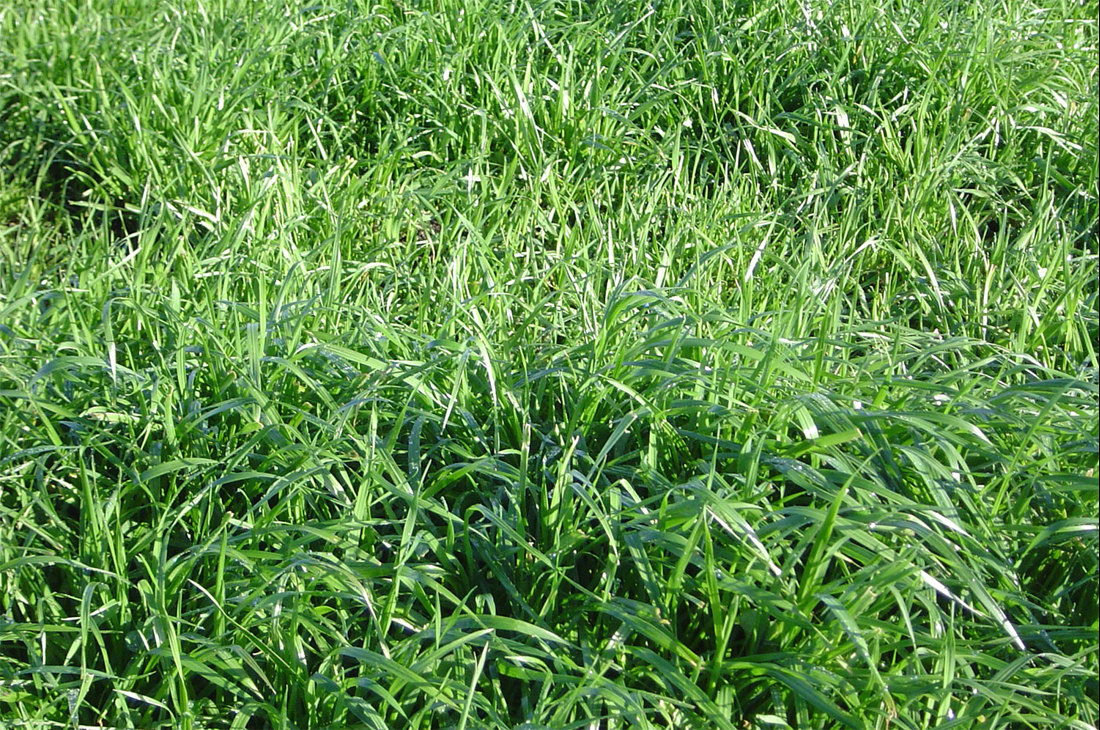
A pasture feed wedge is a tool that visually displays your farm's current pasture situation. By ranking your paddocks based on average pasture cover, it can help you make proactive decisions about pasture management.
3 min read

A pasture feed wedge is a tool that visually displays your farm's current pasture situation. By ranking your paddocks based on average pasture cover, it can help you make proactive decisions about pasture management.
3 min read
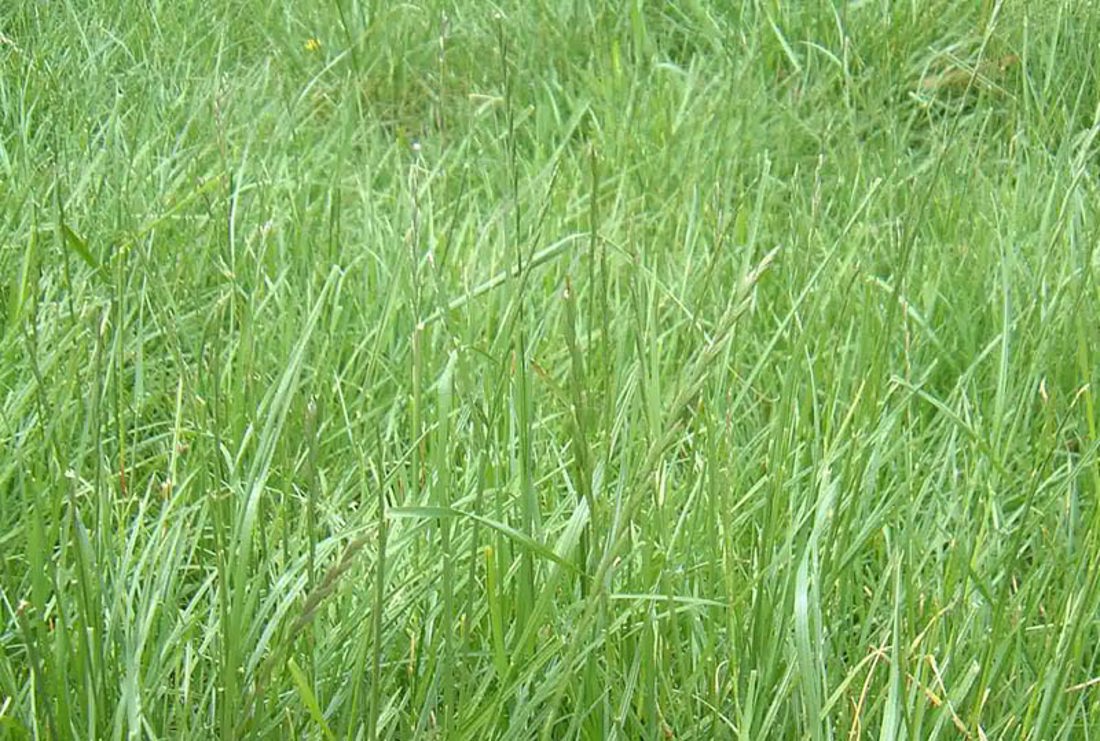
Ryegrass selection for a dairy farm system involves key decisions: choosing the right ryegrass variety (from annual to perennial), picking an endophyte for insect control, and selecting ploidy (diploid or tetraploid) and a heading date.
15 min read

Ryegrass selection for a dairy farm system involves key decisions: choosing the right ryegrass variety (from annual to perennial), picking an endophyte for insect control, and selecting ploidy (diploid or tetraploid) and a heading date.
15 min read
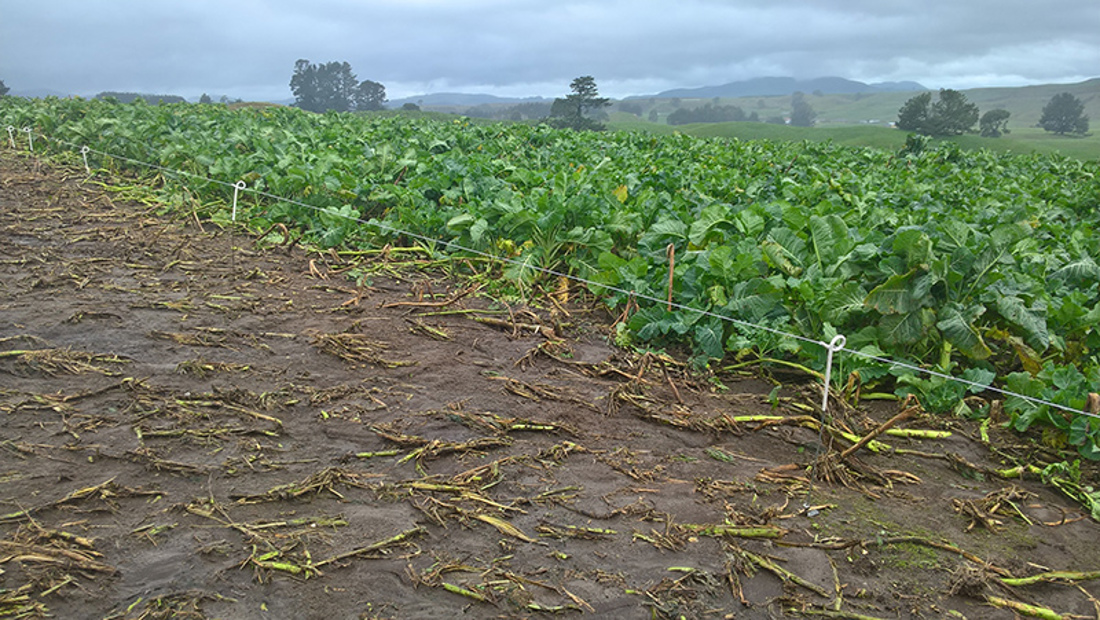
Kale is a winter feed crop with a deep root system, making it drought-resistant. It's tolerant to many pests and is often grown after swedes due to its resistance to club root and dry rot.
3 min read

Kale is a winter feed crop with a deep root system, making it drought-resistant. It's tolerant to many pests and is often grown after swedes due to its resistance to club root and dry rot.
3 min read
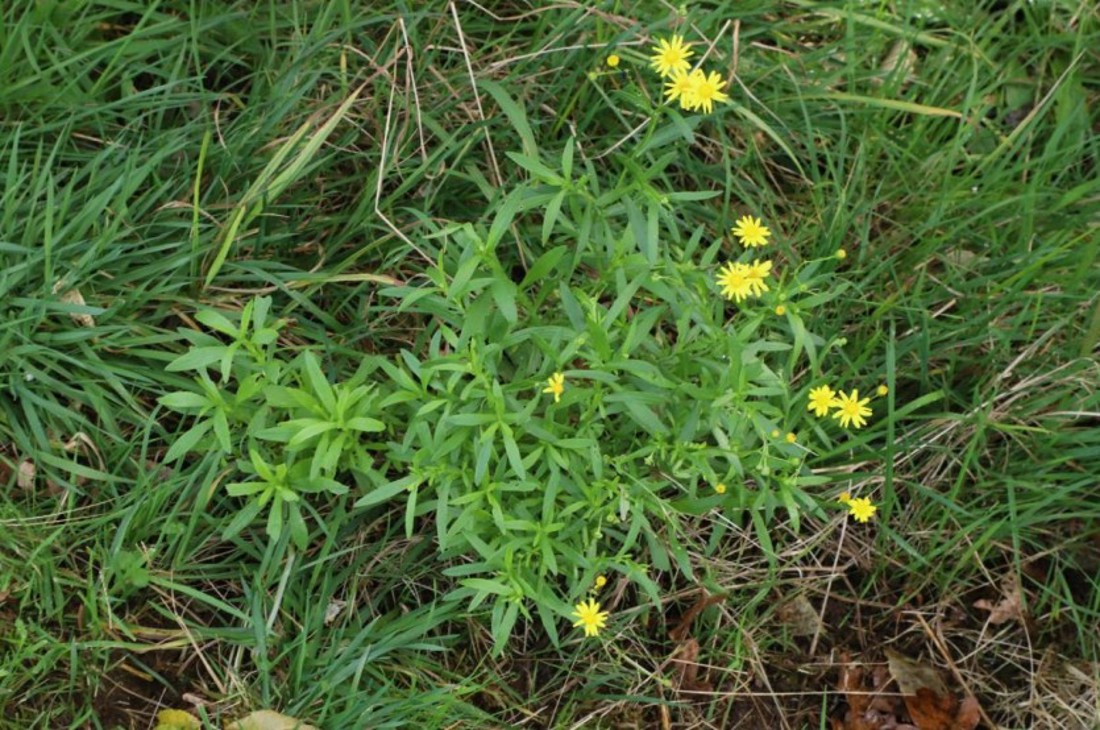
Madagascar ragwort (Senecio madagascariensis) is a highly invasive weed that is spreading across Northland, which has the climatic suitability to thrive in most of the country if left to spread.
2 min read

Madagascar ragwort (Senecio madagascariensis) is a highly invasive weed that is spreading across Northland, which has the climatic suitability to thrive in most of the country if left to spread.
2 min read
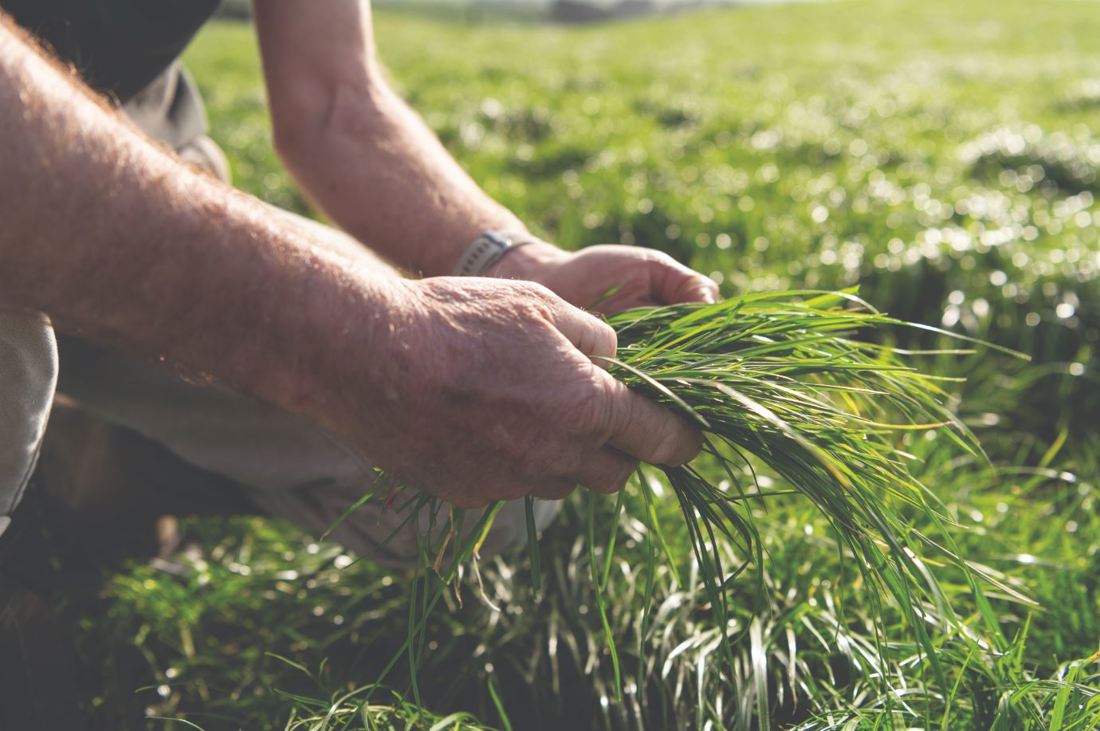
Leaf stage, in ryegrass pasture management, is an indicator for optimal grazing times. Monitoring the leaf stage helps you understand when a paddock is ready for grazing and if your rotation length is suitable for current growth conditions.
4 min read

Leaf stage, in ryegrass pasture management, is an indicator for optimal grazing times. Monitoring the leaf stage helps you understand when a paddock is ready for grazing and if your rotation length is suitable for current growth conditions.
4 min read
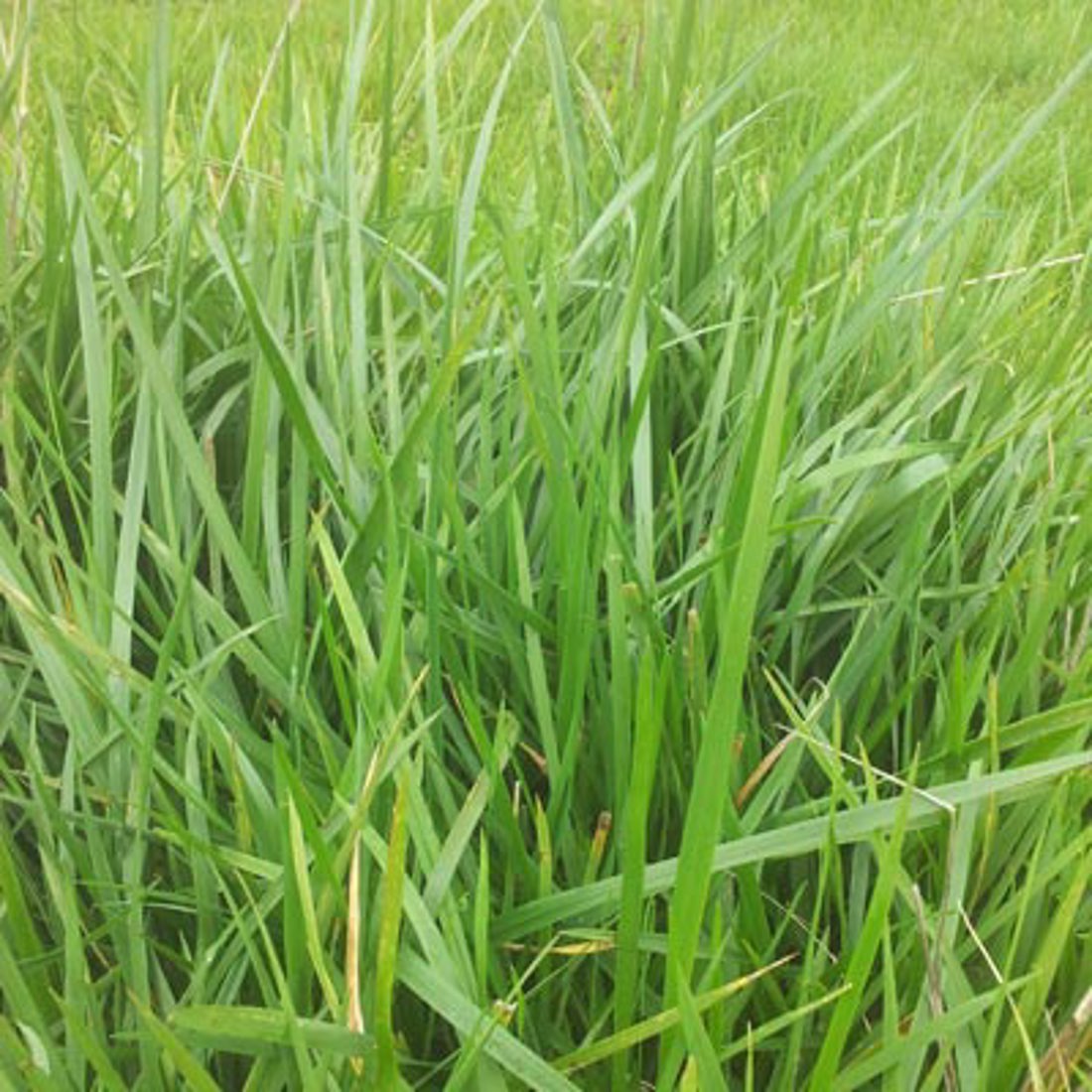
Tall fescue is an alternative to perennial ryegrass, suitable where summer growth faces challenges like high soil temperatures or ryegrass doesn't last long. You can spot tall fescue by its broader, stiffer leaves and presence of more clover.
2 min read

Tall fescue is an alternative to perennial ryegrass, suitable where summer growth faces challenges like high soil temperatures or ryegrass doesn't last long. You can spot tall fescue by its broader, stiffer leaves and presence of more clover.
2 min read
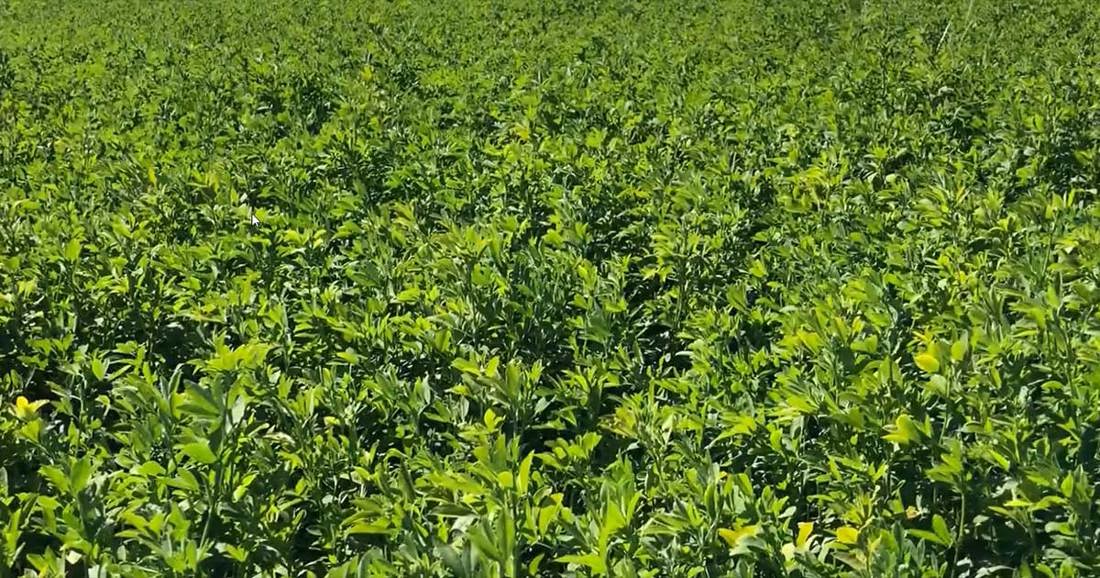
Lucerne is a perennial legume with a deep taproot, allowing it to tolerate moisture stress more than most pasture species. In NZ, most cultivars are winter dormant, but some newer ones grow earlier in spring and later in autumn.
2 min read

Lucerne is a perennial legume with a deep taproot, allowing it to tolerate moisture stress more than most pasture species. In NZ, most cultivars are winter dormant, but some newer ones grow earlier in spring and later in autumn.
2 min read
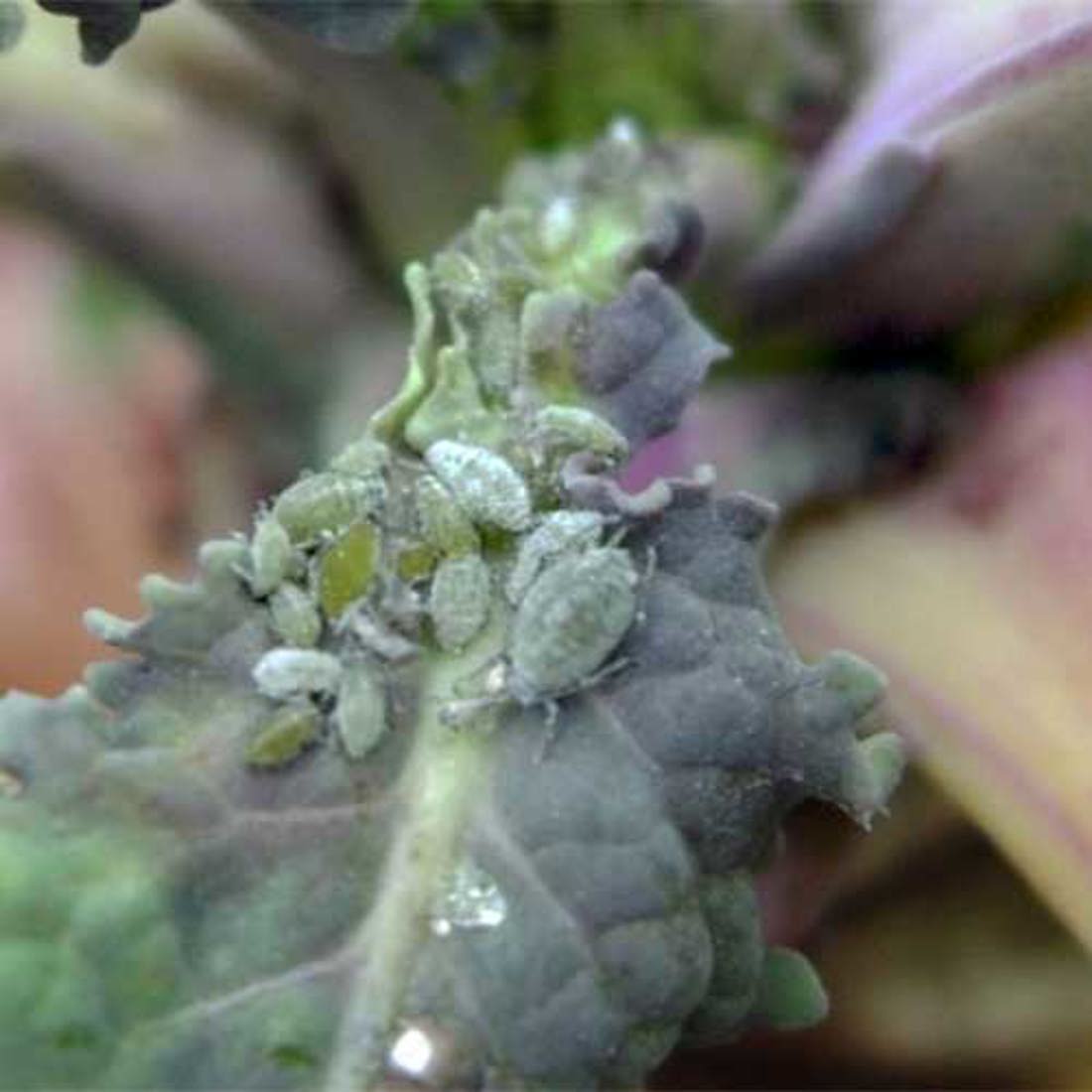
On this page, you'll find details about different pests and diseases that can harm brassica plants. These include cabbage grey aphids, diamondback moths, leaf miners, Nysius flies, springtails, white butterflies, club root, and dry rot.
6 min read

On this page, you'll find details about different pests and diseases that can harm brassica plants. These include cabbage grey aphids, diamondback moths, leaf miners, Nysius flies, springtails, white butterflies, club root, and dry rot.
6 min read
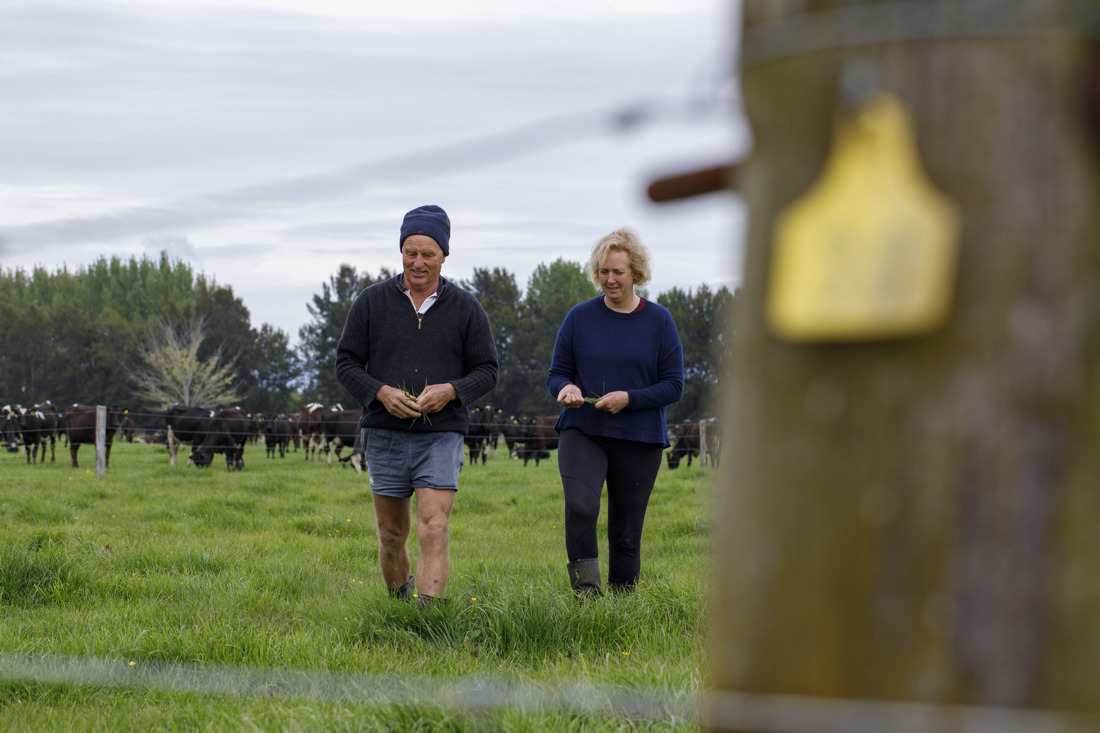
Feed quality, often quantified as metabolisable energy (ME) per kilogram of dry matter (MJME/kg DM or M/D), is as crucial as feed quantity for dairy farming. High M/D value means better feed as it has more usable energy.
3 min read

Feed quality, often quantified as metabolisable energy (ME) per kilogram of dry matter (MJME/kg DM or M/D), is as crucial as feed quantity for dairy farming. High M/D value means better feed as it has more usable energy.
3 min read
Now’s the perfect time to check in, plan, and set up for a strong season. We’ve pulled together smart tips and tools to help you stay ahead all winter long.
Whether you prefer to read, listen, or download handy guides, we’ve got you covered with trusted tools to support your journey every step of the way.
Put our proven strategies and seasonal tools to work. Boost production, support animal health and watch your profits hum.
Tools that are backed by science, shaped by farmers and made for this season.
That’s Summer Smarts.